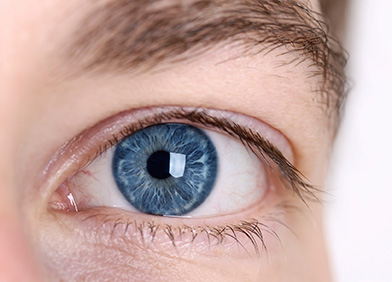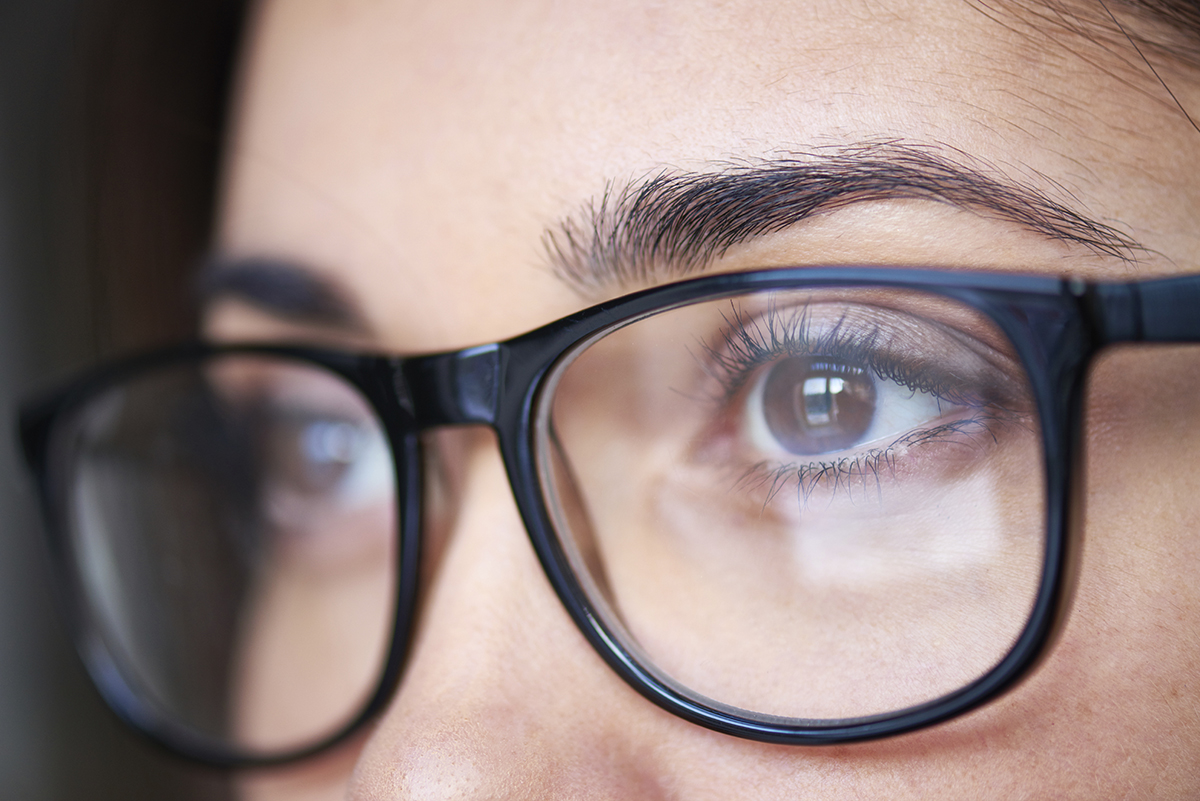


MYOPIA CONTROL: SUPPORTING RESEARCH
1) Pharmacological agents (low-dose atropine eyedrops) offer most effective myopia control
Huang J, et al. Ophthalmology. 2015;doi:10.1016/j.ophtha.2015.11.010. February 19, 2016
High-dose, moderate-dose and low-dose atropine showed the best control of myopia progression, according to a study recently published in Ophthalmology.
In their meta-analysis of 30 randomized control trials, Huang and colleagues also concluded that pirenzepine, orthokeratology, peripheral defocus modifying contact lenses, cyclopentolate and prismatic bifocal spectacle lenses showed moderate effects in myopia progression.
Progressive-addition spectacle lenses, bifocal spectacle lenses, peripheral defocus modifying spectacle lenses and more outdoor activities resulted in weak effects, according to the researchers. Gas-permeable contact lenses, soft contact lenses, undercorrected single vision spectacle lenses and timolol were ineffective.
The researchers concluded that low-dose atropine, pirenzepine and soft contact lenses with myopia control features are the best options for managing myopia progression.
2) The estimated prevalence of myopia (nearsightedness) in people between 12 to 54 years of age has increased from 25% in 1971 to 42% in 2004.
Vitale S, Sperduto RD, Ferris FL. 3rd, Increased prevalence of myopia in the United States between 1971- 1972 and 1999-2004. Arch Ophthalmol, 2009. 127(12):1632-9.
3) Multifocal soft contact lenses with distance-focus center and near-focus periphery have been shown to decrease the rate of myopia increase by 40-50%.
Holden BA, et al. Decreasing peripheral hyperopia with distance centre relatively plus powered periphery contact lenses reduced the rate of progress of myopia: a 5 year Vision CRC study., in ARVO. 2012, Poster 6300.
Anstice NS, Phillips JR. Effect of dual-focus soft contact lens wear on axial myopia progression in children. Ophthalmology, 2011. 118(6):1152-61.
Sankaridurg P., et al. Decrease in rate of myopia progression with a contact lens designed to reduce relative peripheral hyperopia: one-year results. Invest Ophthalmol Vis Sci, 2011. 52(13):9362-7.
4) Daily use of Atropine eyedrops at dosages as low as 0.01% have the ability to slow myopia by 70 % or more without significant pupil dilation or blurred vision, and the effect persists after stopping treatment.
Chia A, et al. Atropine for the treatment of childhood myopia: safety and efficacy of 0.5%, 0.1%, and 0.01% doses (Atropine for the Treatment of Myopia 2). Ophthalmology, 2012. 119(2):347-54.
Chia A, et al. Atropine for the treatment of childhood myopia: changes after stopping atropine 0.01%, 0.1% and 0.5%. Am J Ophthalmol, 2014. 157(2):451-457 e1.
Dr. Eric Roush, O.D. has a unique interest and expertise in “myopia control” techniques to significantly slow the rate of nearsighted progression in children and young adults. To schedule an appointment about your myopia, or have questions about controlling your nearsightedness, click here or contact us at 207-854-1801!



